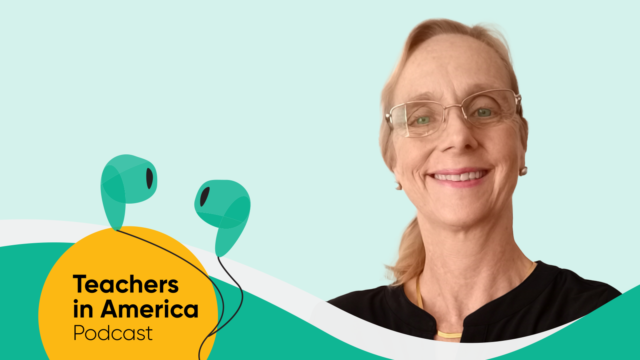
A cookbook is pretty much a collection of recipes. Highly prescribed, these recipes offer a step-by-step process that consistently results in culinary masterpieces.
Until recently, student explorations were cookbook in nature; performed by closely adhering to a series of explicit steps. Yes, it was a process, but it didn’t provide the most meaningful way of conducting investigations.
Cookbook-Style Labs
In the past, students followed instructions verbatim:
- Put on your safety glasses.
- Place the flour-filled bowl on the center of the desk.
- Hold the marble one foot above the bowl.
- Release the marble.
- Examine the crater made by the impact.
- Question: What did you see?
- Answer: A model crater made by the impact.
And that was pretty much it—with possibly a bit more analysis that included students predicting how changes might affect their observations. In any case, there was not too much room for self-directed learning.
Basically, every student performed the activity the exact same way and through a common and constrained process. All ideally arrived at the same results. In fact, they were assessed on how well they did not deviate from the prescribed actions, which meant there was not much opportunity for thinking creatively, planning strategies, performing experimentation, or testing ideas like a real scientist or engineer.
NGSS Labs
Now, enter Next Generation Science Standards (NGSS) and its approach to engaging students in active learning experiences in which they, the students—not the textbook, not the teacher, but each and every student—assumes the role of scientist and engineer.
Suddenly, the student is not presented with a checklist of rigid and universal steps. Instead, they are placed in an open-ended situation where they are challenged to construct understanding through the planning, designing, performing, and analysis of their own investigation.
Did you catch that? Their own investigation.
Student-Generated Lab Questions
At the foundation of this exploration is a student-generated question.
- How might the size of the marble affect the impact crater?
- Does a marble with twice the diameter produce a crater with twice the diameter? Or is the size of the impact crater better related to the mass of the model?
- Perhaps it has nothing to do with the mass or diameter at all and is a function of the drop height.
From these initial questions, students construct a strategy of investigation that arrives at a testable prediction or claim.
Once the question is adequately stated, students need to come up with a strategy of inquiry that includes materials:
- Which ones work best?
- What are the constraints?
- Can I use anything, or am I limited?
- For the procedure, what steps will I follow?
- How can I ensure I am designing an exploration that produced reliable and consistent results?
- What claim am I making?
- What variable will I test?
- What will my control setup look like?
- How might I improve my experimental design as I learn more about the process?
Then, students need to arrive at the best way to analyze the data they collect and apply it to their question or claim. Does the data support or refute their ideas?
The Teacher’s Role
This seems like quite a bit for students to do on their own, and it is, but remember—your role as an instructor is not to compromise this experience by taking over and prescribing. You can facilitate and guide students to construct and perform their own successful investigations.
So, there you have it: A change from a highly prescribed process to a more student-driven exploration in which students assume the behaviors and practices of scientists and engineers.
The views expressed in this article are those of the author and do not necessarily represent those of HMH.
***
Michael DiSpezio hosted a webinar, "Re-Thinking Curriculum for 21st-Century Science Standards," on Tuesday, Nov. 13, 2018. View the recording to learn more about the new standards and how the Science and Engineering Practices can be implemented in your classroom.
*Next Generation Science Standards and logo are registered trademarks of Achieve. Neither Achieve nor the lead states and partners that developed the Next Generation Science Standards was involved in the production of, and does not endorse, this product.
This blog is based on a Professional Development video from HMH Science Dimensions.
Related Reading
















